Structures of Significance
I am quite fond of castles, grand churches, and other similar buildings.
These structures are often the most resilient to the passage of time, and there is always so much history within them. Not only can we explore, but we can also, for a moment, walk through history and marvel at the artifacts and stories of ages long past.
The best part, of course, is when we imagine how life and adventures could have been in such distant times.
St. Paul’s Cathedral is one of the most recognizable sites in London. It features a rich history, a massive and beautiful interior, numerous elaborate statues, ornate displays, and a crypt, among others. It is also one of the largest churches in the world. As a bonus, there is an observation deck that offers a breathtaking panoramic view of the London skyline.
I immensely enjoyed visiting St. Paul’s cathedral. Navigating the cathedral was very straight-forward, and there were plenty of beautiful exhibits to admire. And the London skyline was one of the favorite parts of my visit to London.
| St. Paul's Cathedral: Important Information | ||
|---|---|---|
| Dimensions | Length: 518 feet (158 meters), Width (transepts): 246 feet (75 meters), Height: 365 feet (111 meters). These are the general dimensions. | |
| Duration | The recommended duration of visit is 2 to 3 hours. | |
| Best Time | The best time to visit is during the morning. | |
| Cost | You can find more information and buy tickets on the official St. Paul's Cathedral website. | |
| Parking | There is no parking. You should arrive via public transportation. The nearest station is St. Paul’s station. | |
| Special Considerations: The cathedral closes quite early (usually around 4 pm). It is closed on Sunday. | ||
St. Paul’s Cathedral’s Story
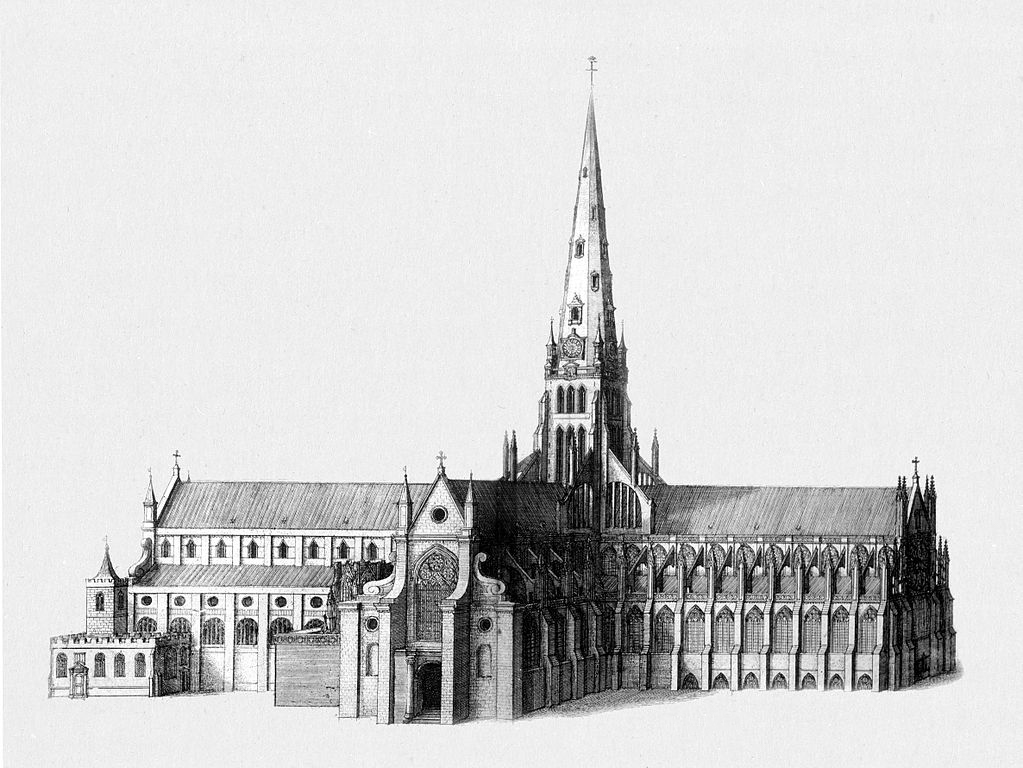 The first St. Paul’s Cathedral was founded in 604 AD, making it one of the oldest and most historically rich landmarks in the United Kingdom. Naturally, the cathedral has witnessed some of the greatest events in the nation’s history. Throughout the years, St. Paul’s cathedral was built and rebuilt after numerous fires.
The first St. Paul’s Cathedral was founded in 604 AD, making it one of the oldest and most historically rich landmarks in the United Kingdom. Naturally, the cathedral has witnessed some of the greatest events in the nation’s history. Throughout the years, St. Paul’s cathedral was built and rebuilt after numerous fires.
The current cathedral’s construction started in 1675, and it was meant to replace the decaying Old St. Paul’s Cathedral (shown in the photo above).
An Architectural Masterpiece
The interior of this massive Anglican cathedral is striking, leaving one in awe of its unique architectural design and sheer vastness.
Sir Christopher Wren—the man tasked with designing the structure—was inspired by Michelangelo’s dome of St. Peter’s Basilica. St. Paul’s dome was the result.
Toward the back, the apse and high altar offer the most magnificent view of the cathedral.
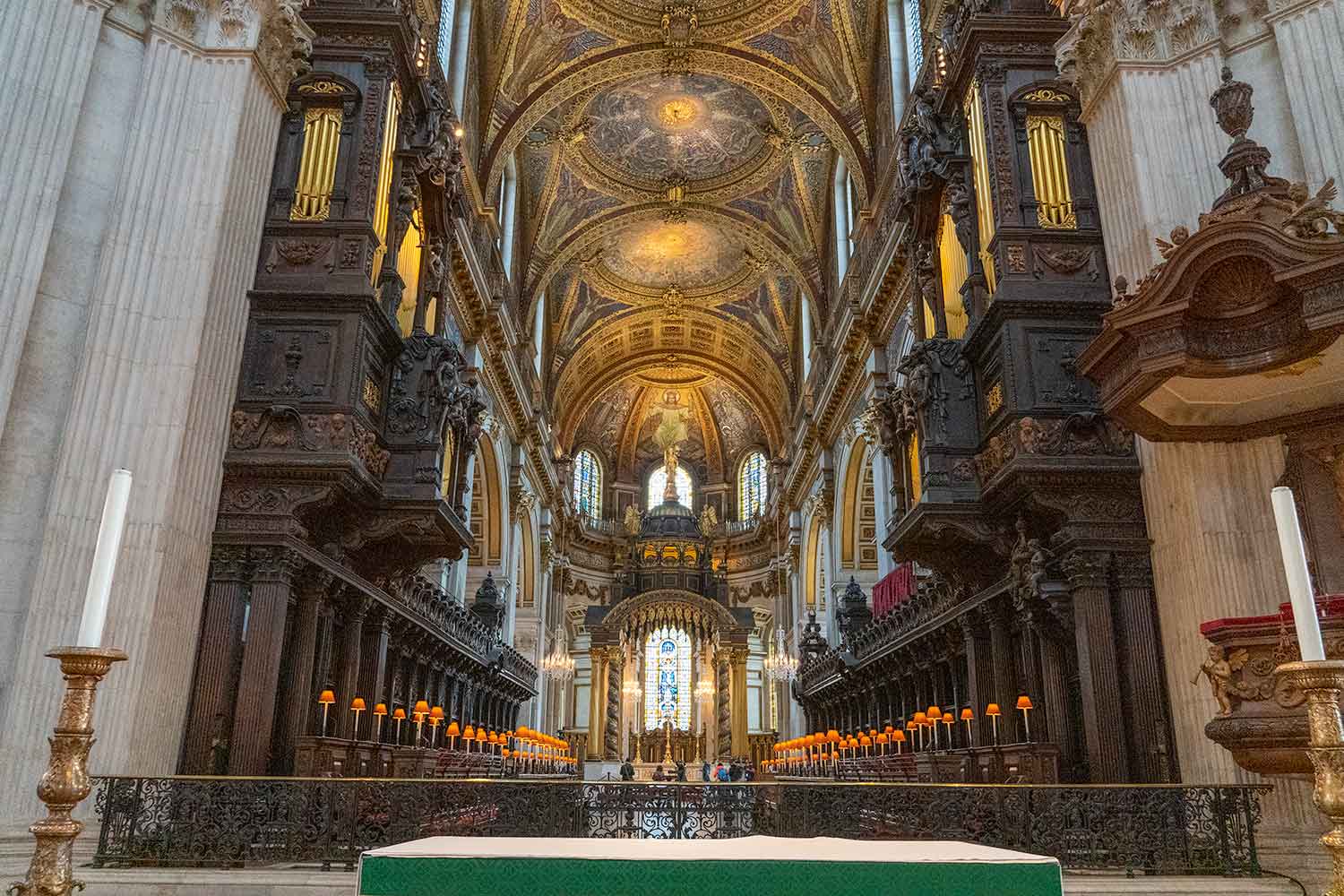 Referring back to the dimensions of the church, you will see that it is absolutely massive, and there is much more to explore.
Referring back to the dimensions of the church, you will see that it is absolutely massive, and there is much more to explore.
The Cathedral Observation Deck
The observation deck is one of the best and most unexpected parts of St. Paul’s Cathedral. From various vantage points, visitors are greeted by wonderful panoramic views of the London skyline.
It takes about 528 steps to reach the observation deck. The climb is more strenuous and cramped than most people realize. In fact, there are signs discouraging participation from those who are dealing with heart problems, pregnancy, or claustrophobia.
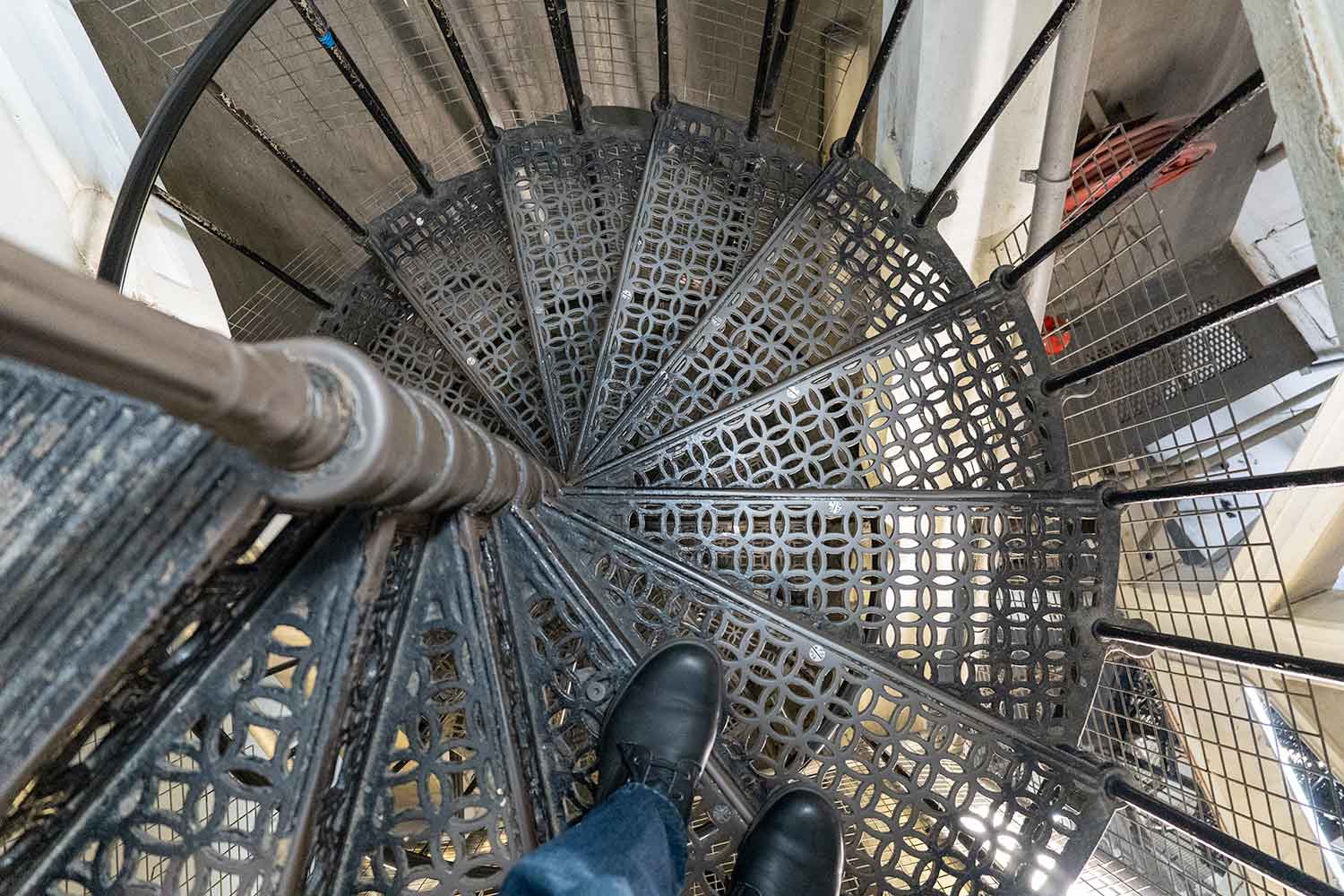 In my opinion, St. Paul’s Cathedral gives the most complete view of the London skyline. This is primarily due to the fact that the cathedral lies to the east of central London.
In my opinion, St. Paul’s Cathedral gives the most complete view of the London skyline. This is primarily due to the fact that the cathedral lies to the east of central London.
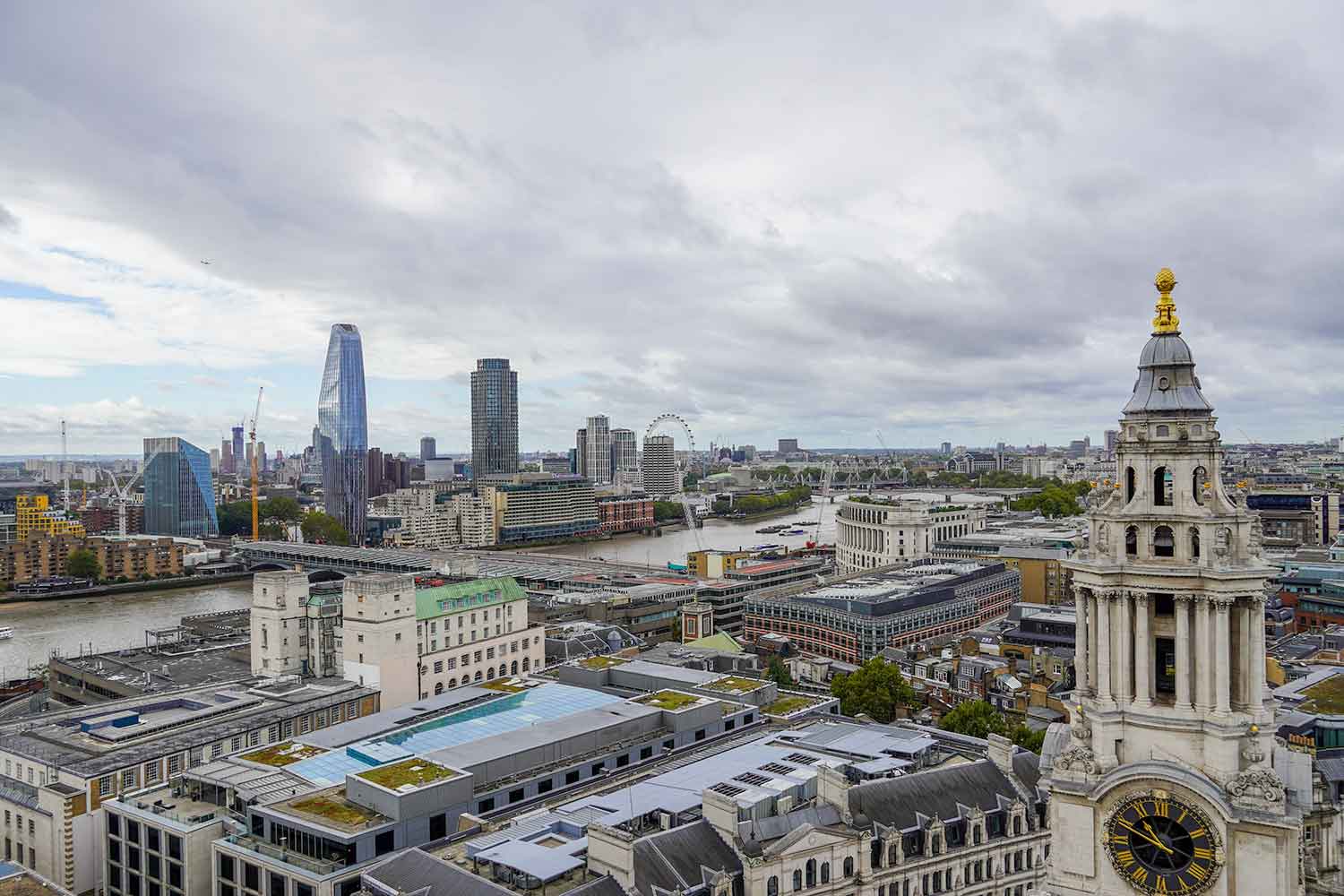 You can walk along the perimeter of the observation deck until you find a view to your liking.
You can walk along the perimeter of the observation deck until you find a view to your liking.
As one of the largest churches in the world, St. Paul’s cathedral is full of history, beautiful architecture, heartfelt memorials, and sheer majesty. Of course, the photos provided here are but a small sample of all the wonderful things to see. I highly recommend that you visit this place and enjoy it for yourself.

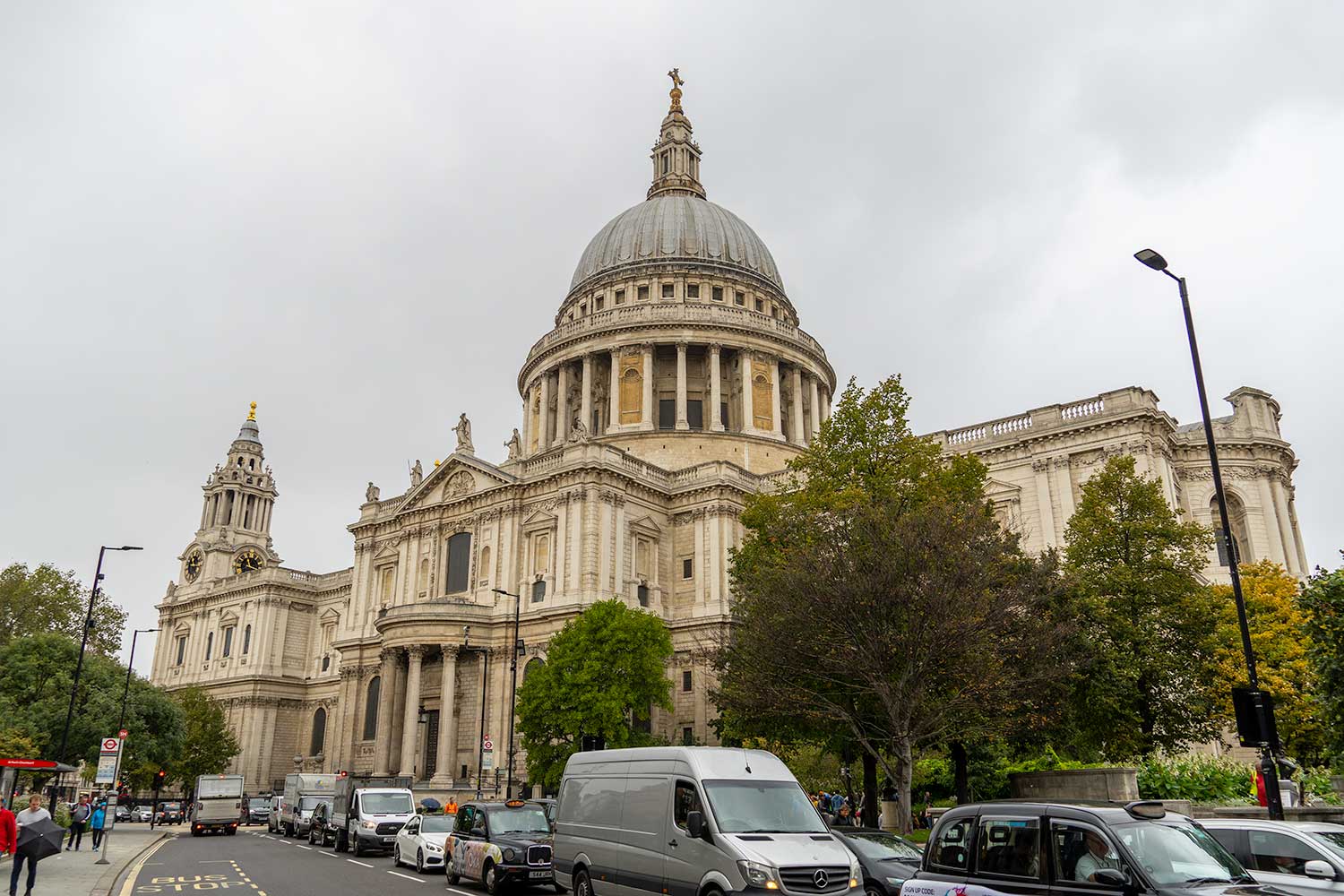
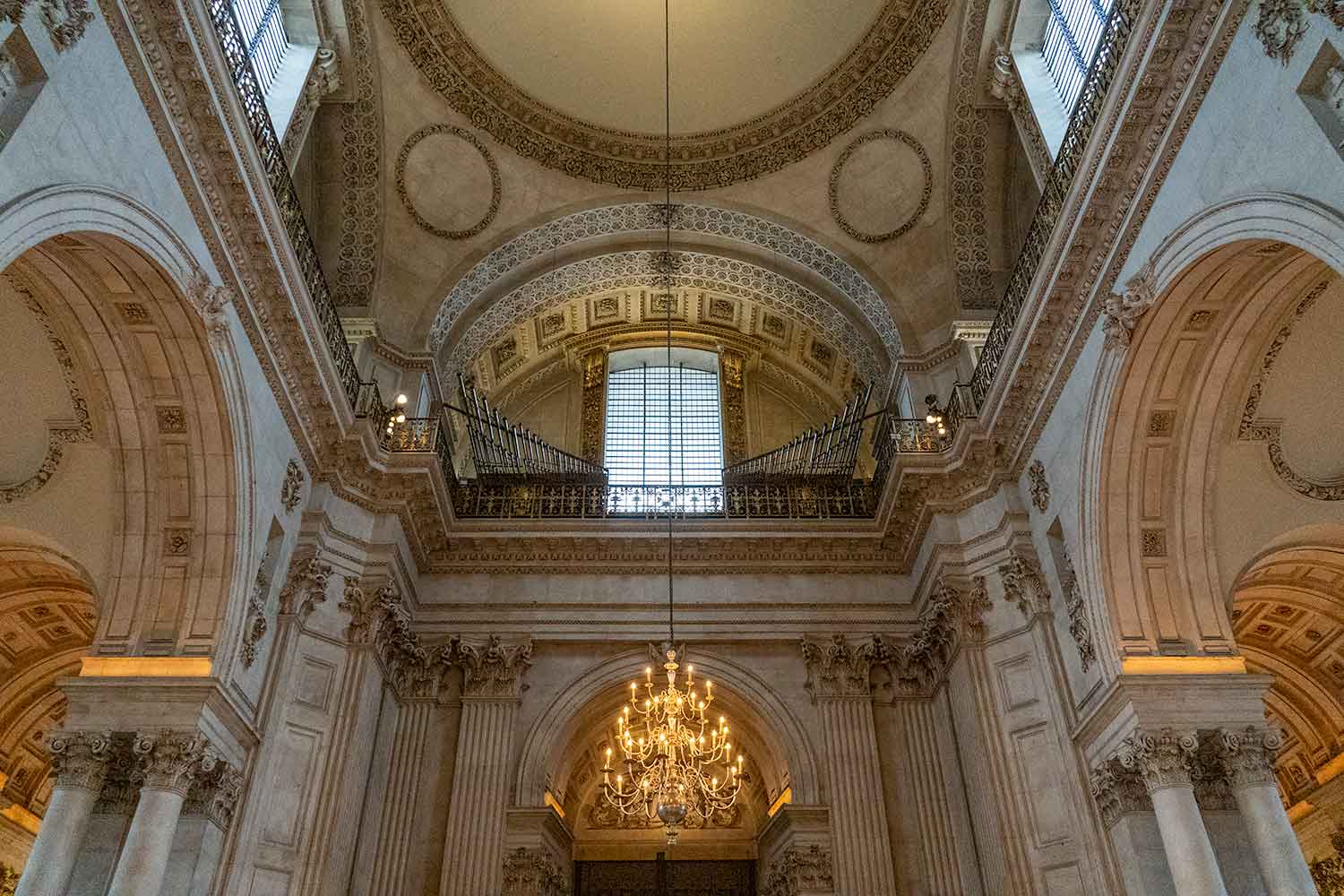
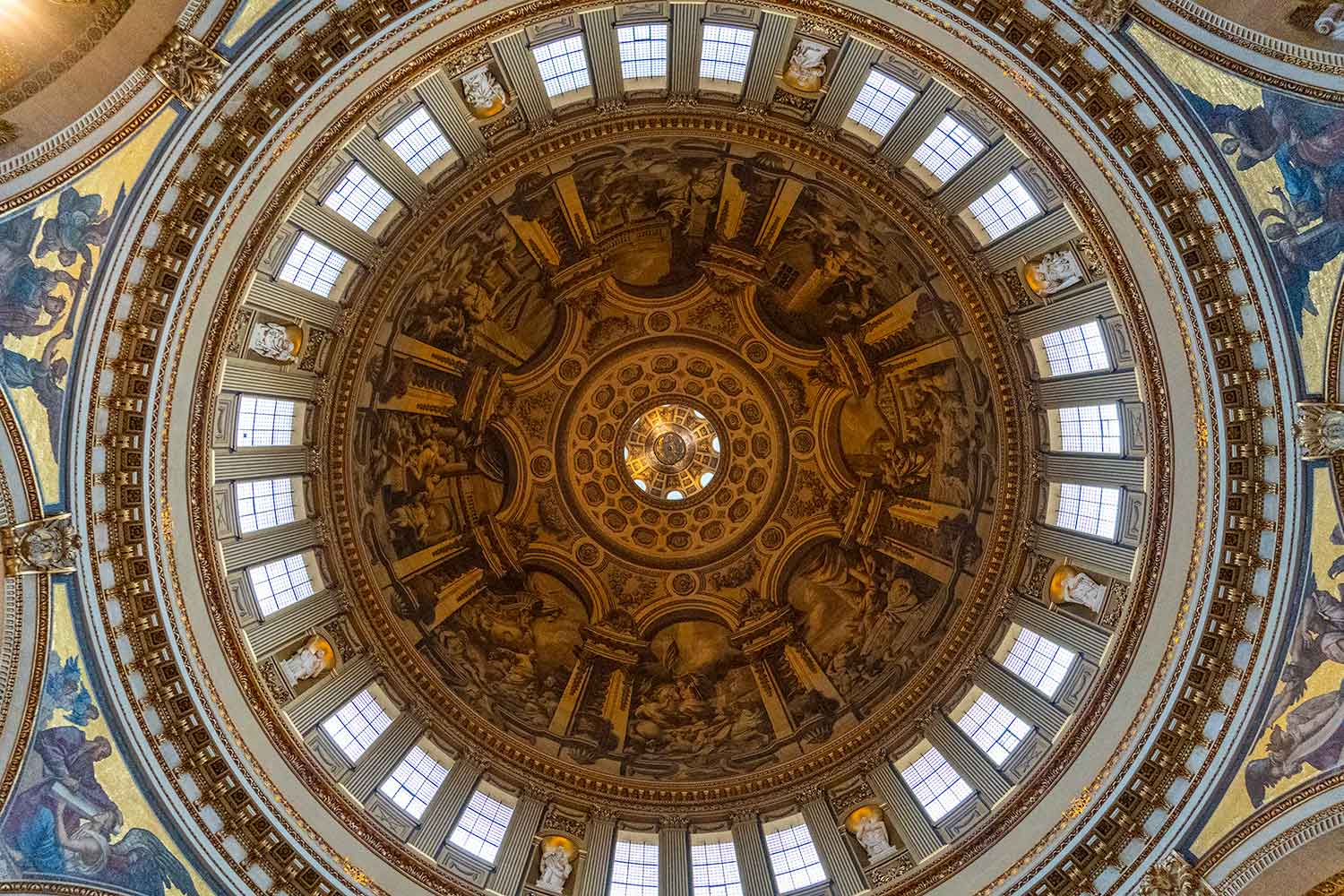

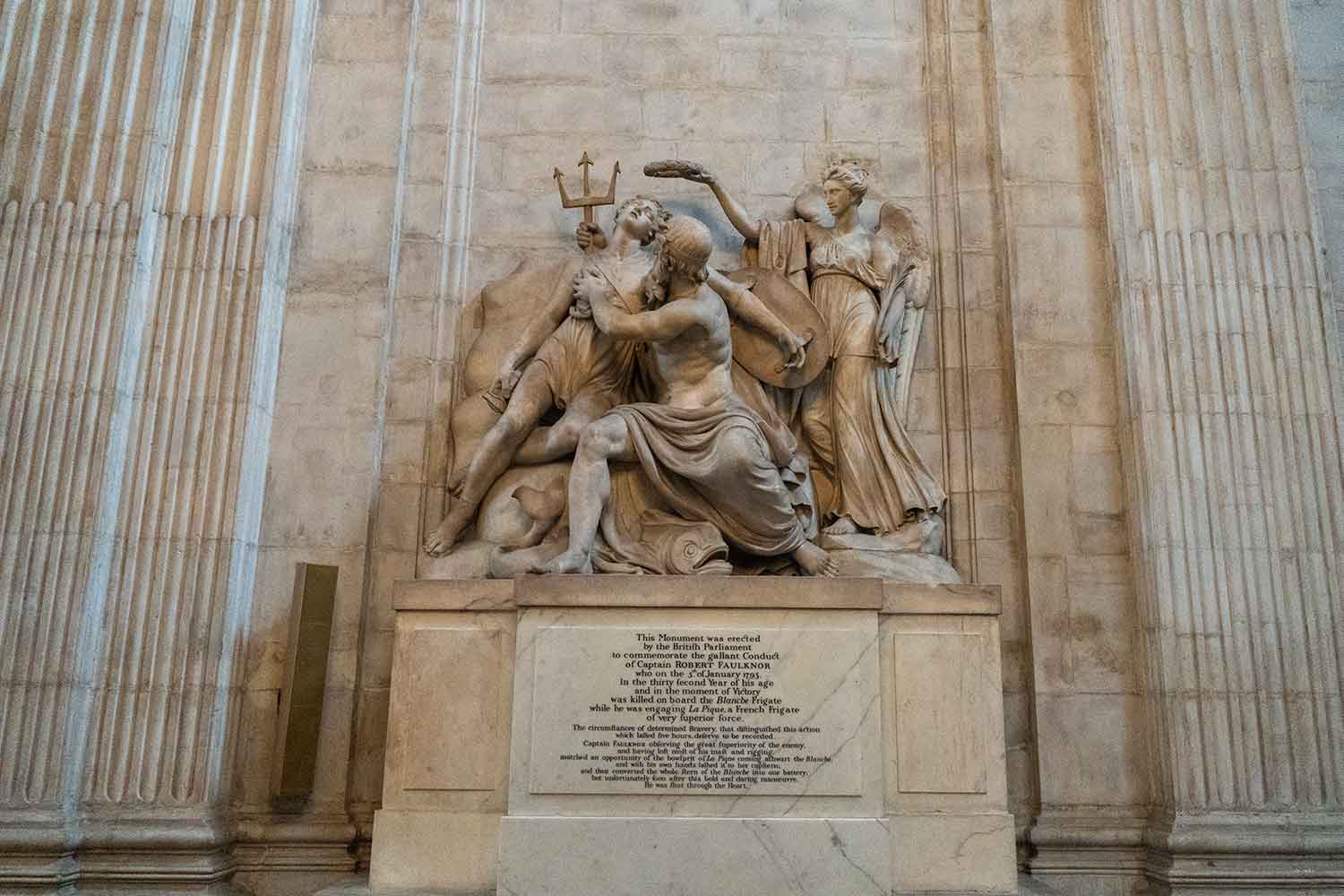
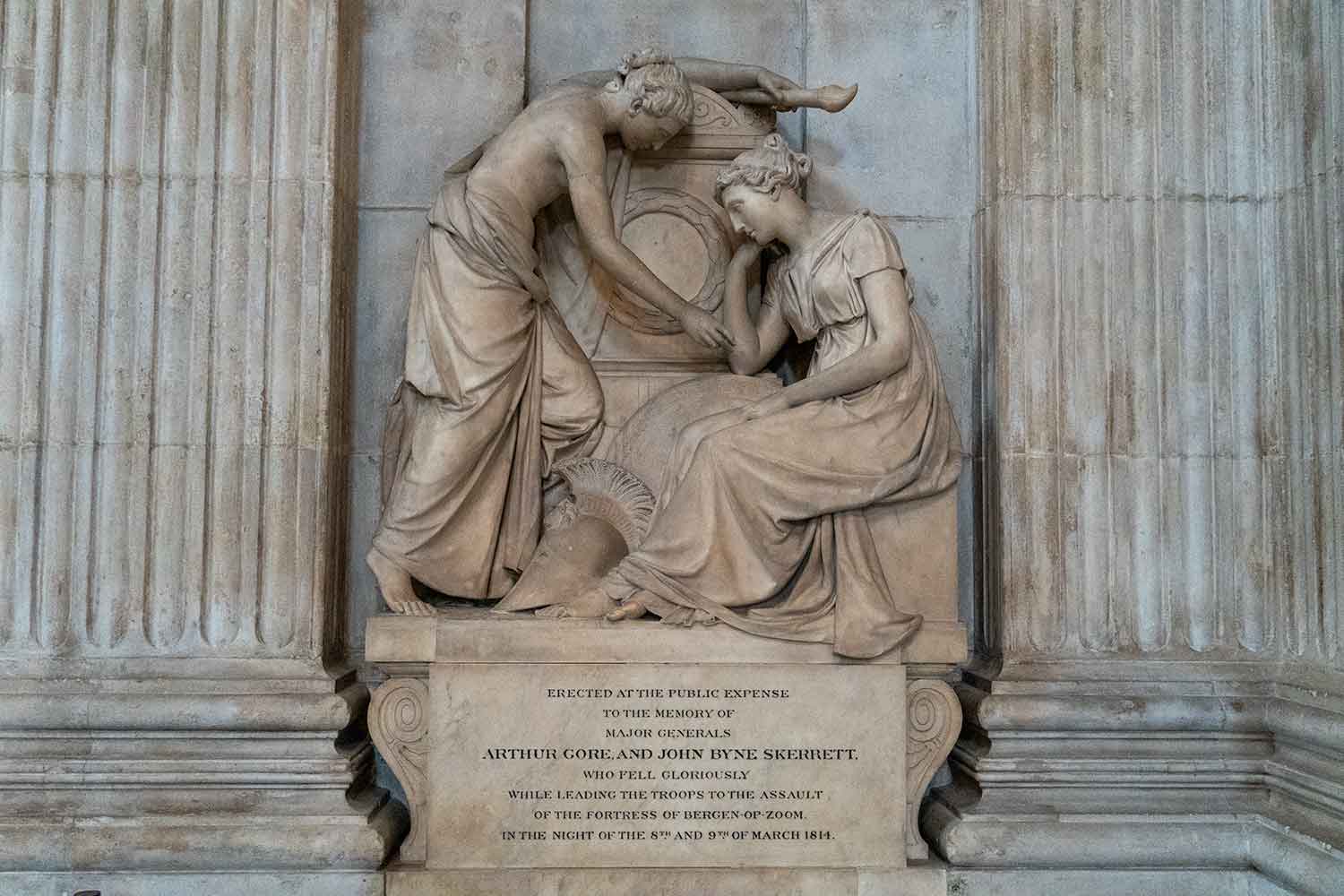
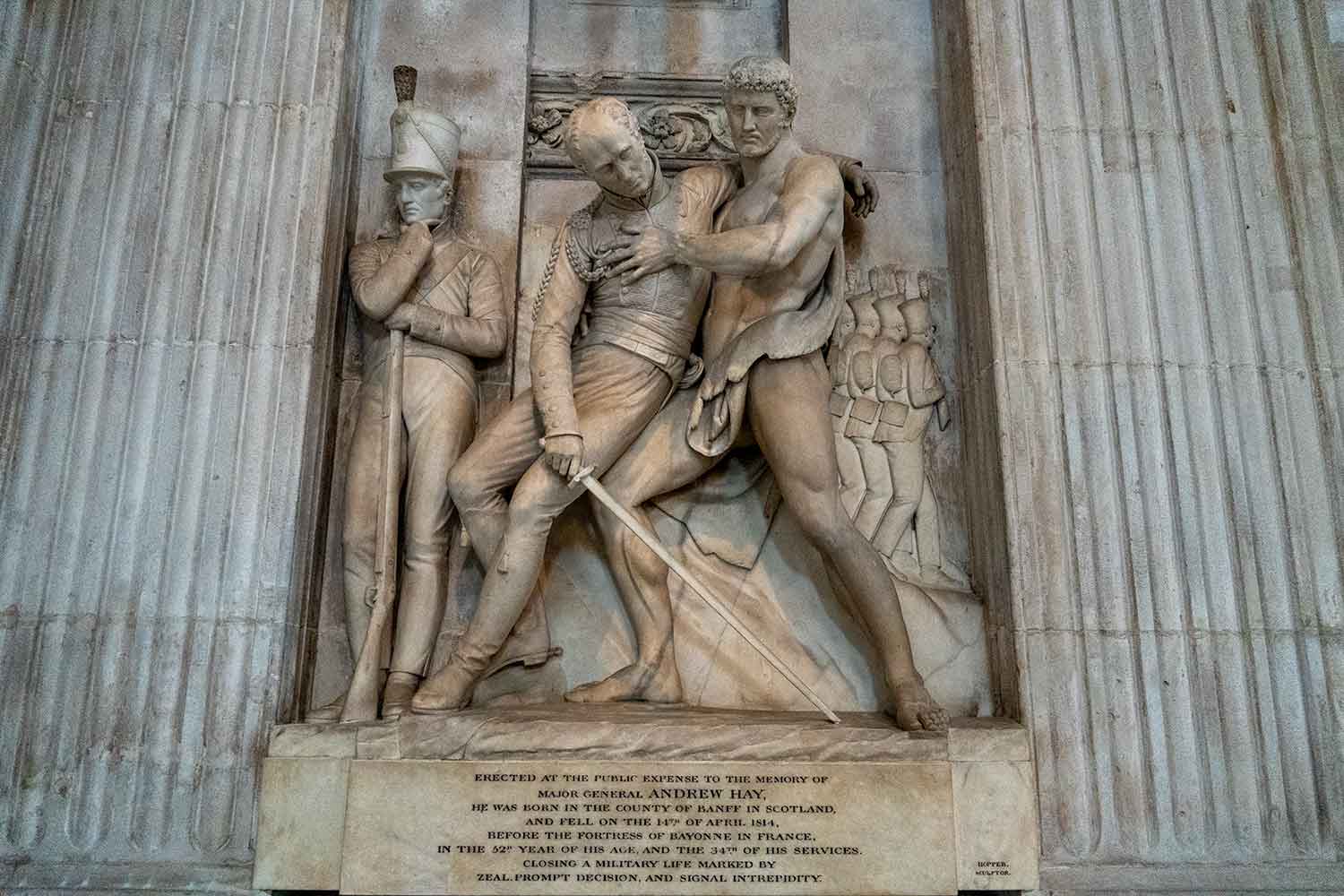
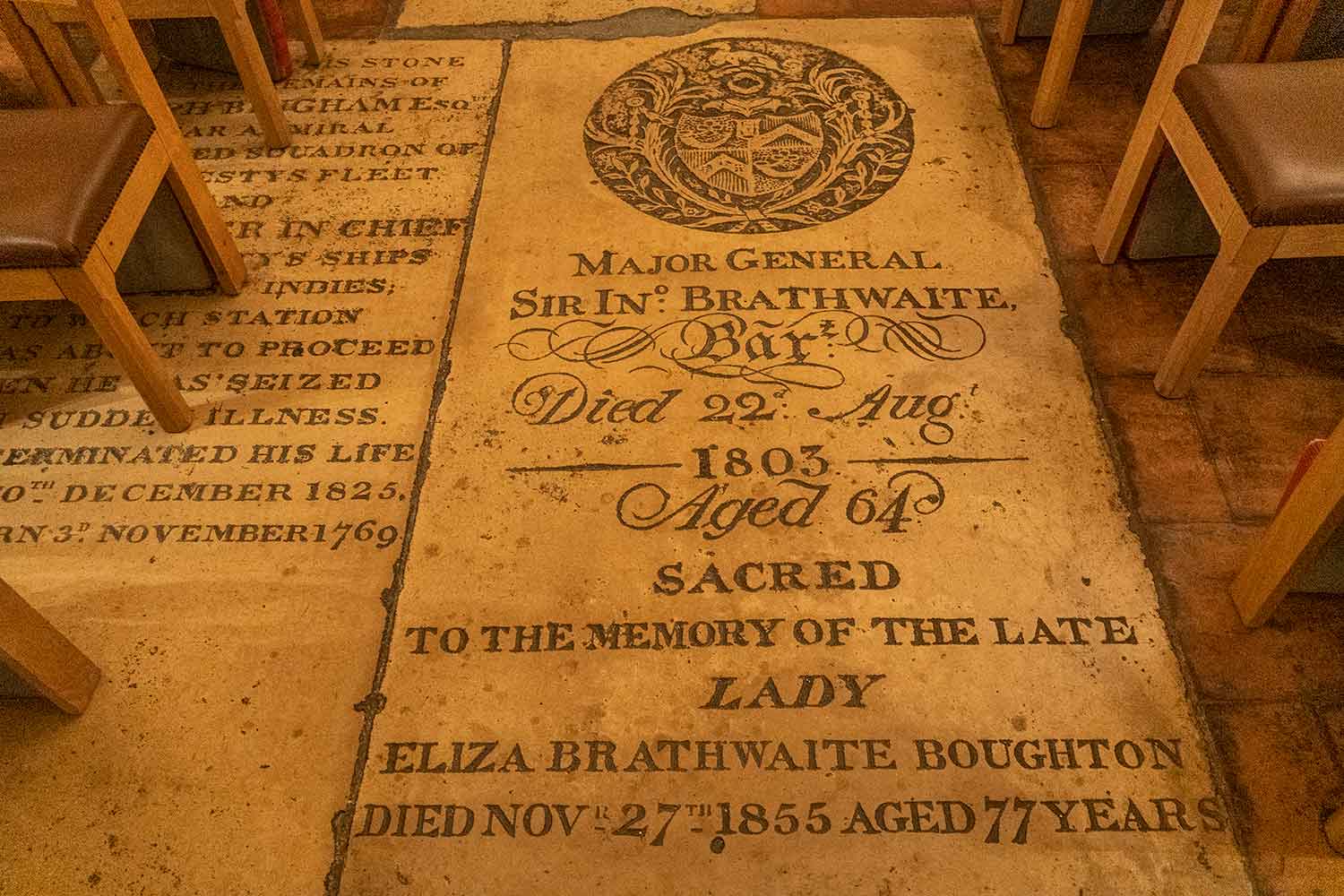
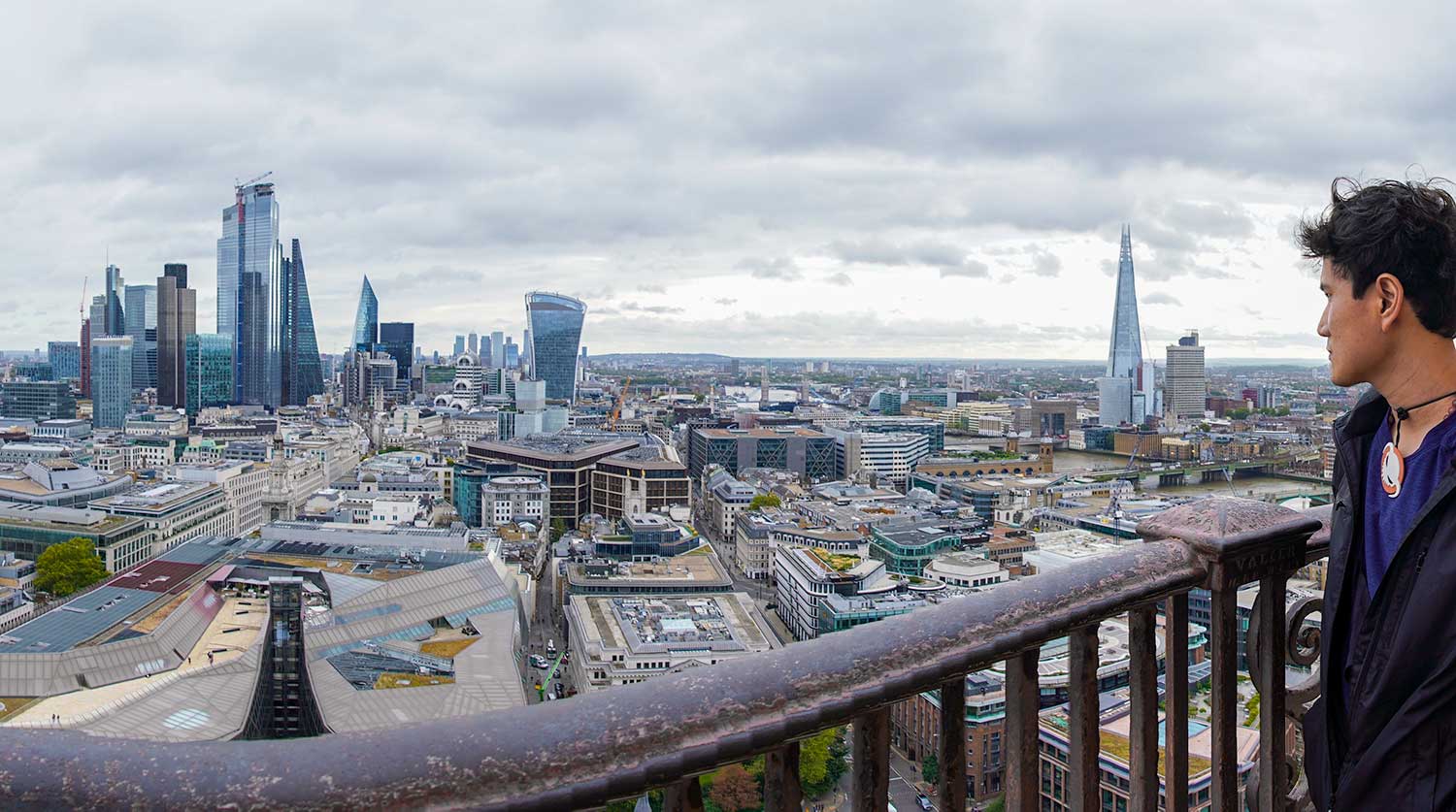
 © Copyright - Ace Adventurer
© Copyright - Ace Adventurer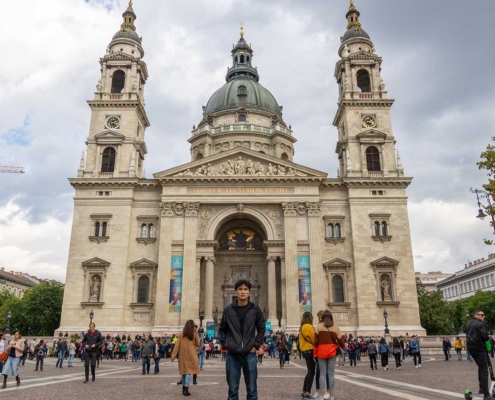 © Copyright - Ace Adventurer
© Copyright - Ace Adventurer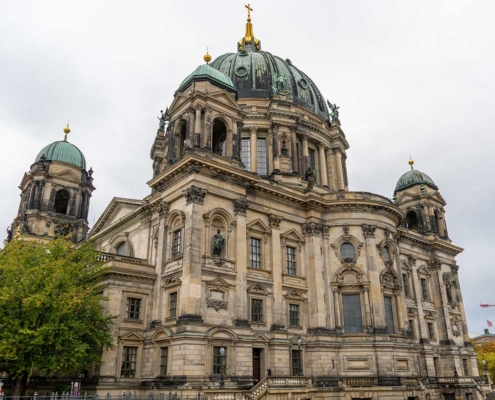 © Copyright - Ace Adventurer
© Copyright - Ace Adventurer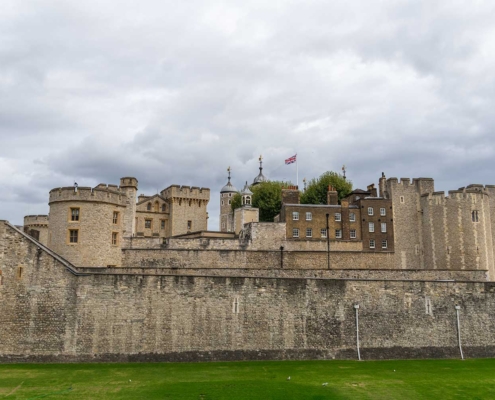 © Copyright - Ace Adventurer
© Copyright - Ace Adventurer © Copyright - Ace Adventurer
© Copyright - Ace Adventurer © Copyright - Ace Adventurer
© Copyright - Ace Adventurer
Leave a Comment
Want to join the discussion?Feel free to contribute!